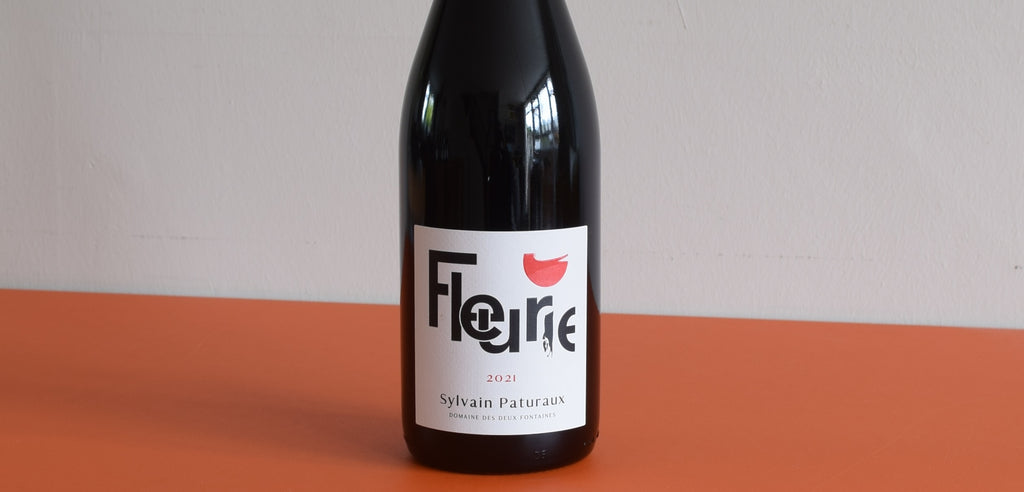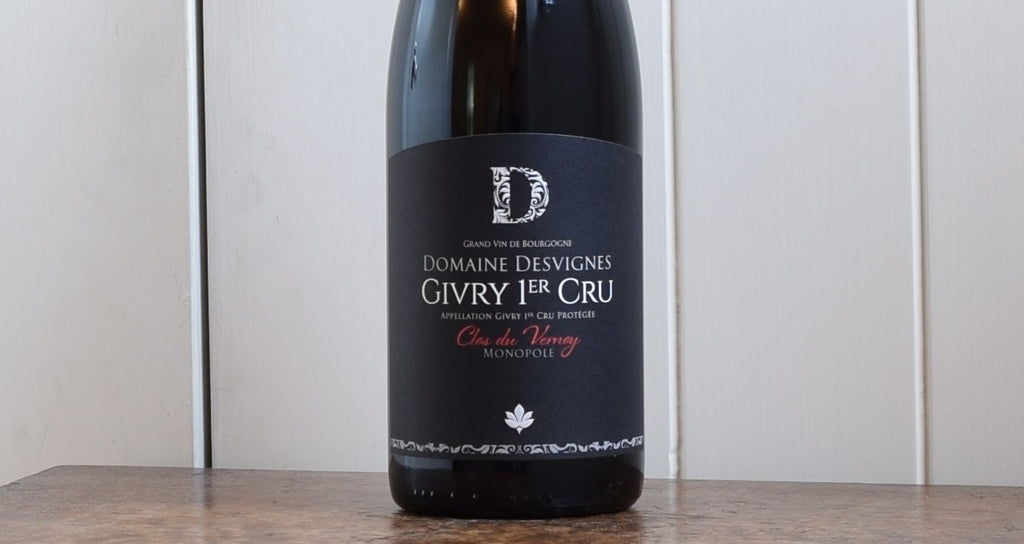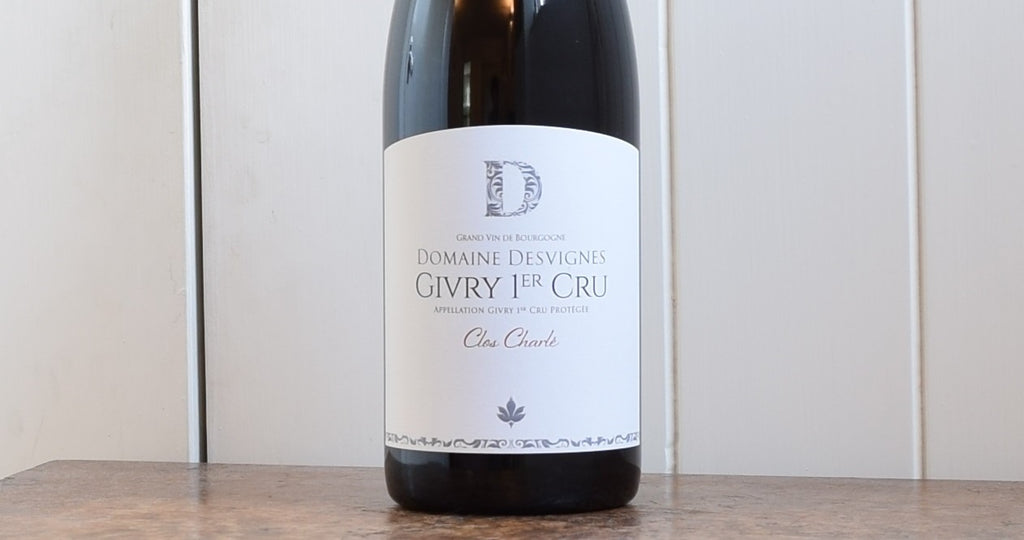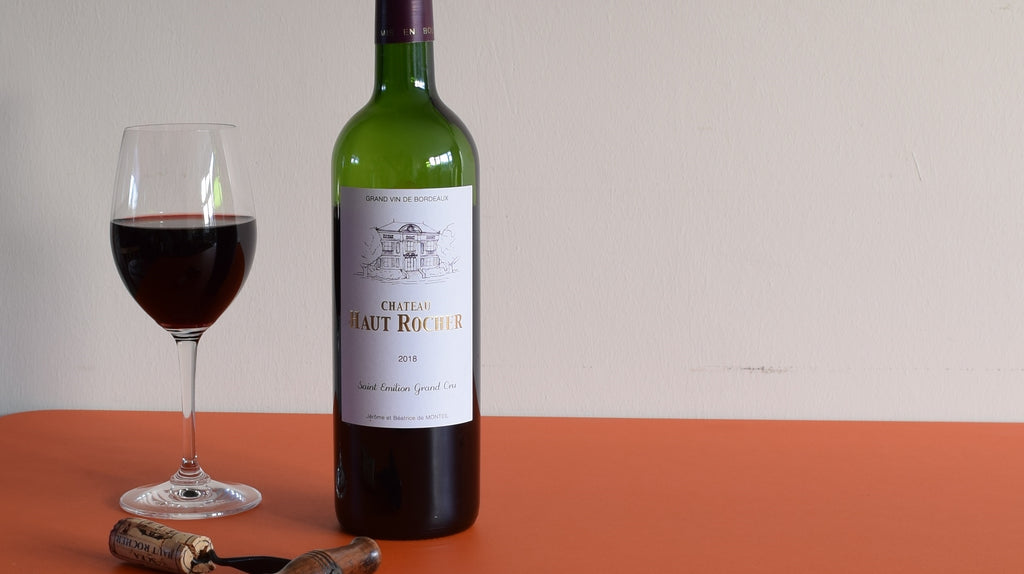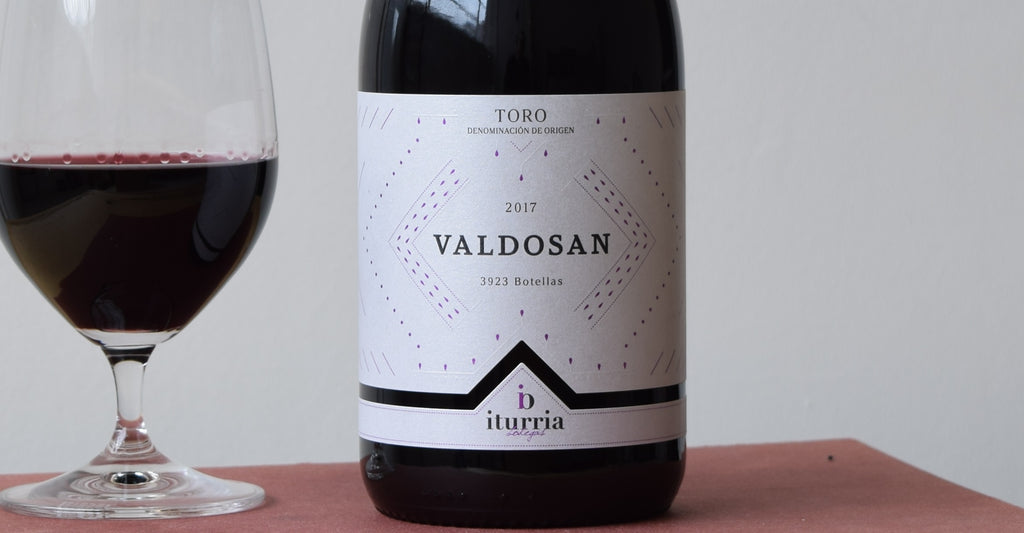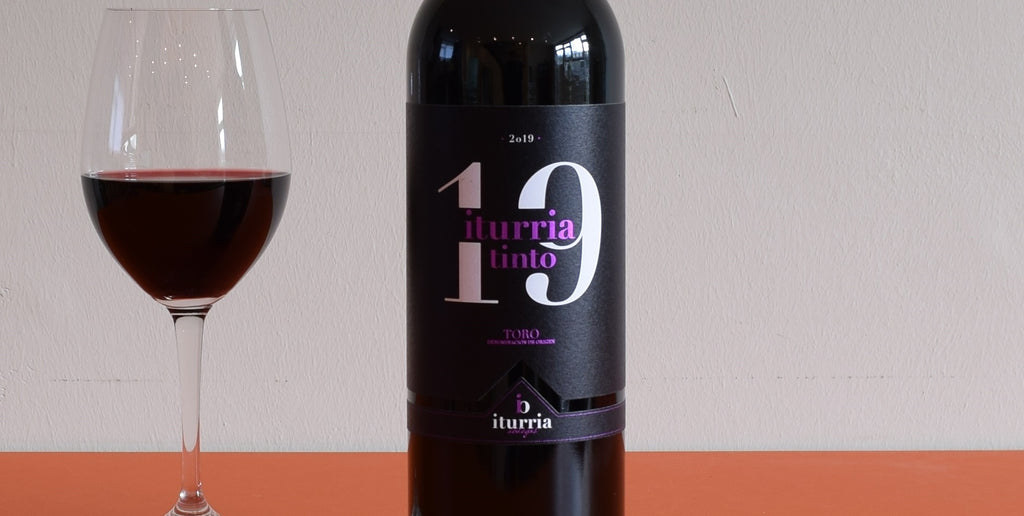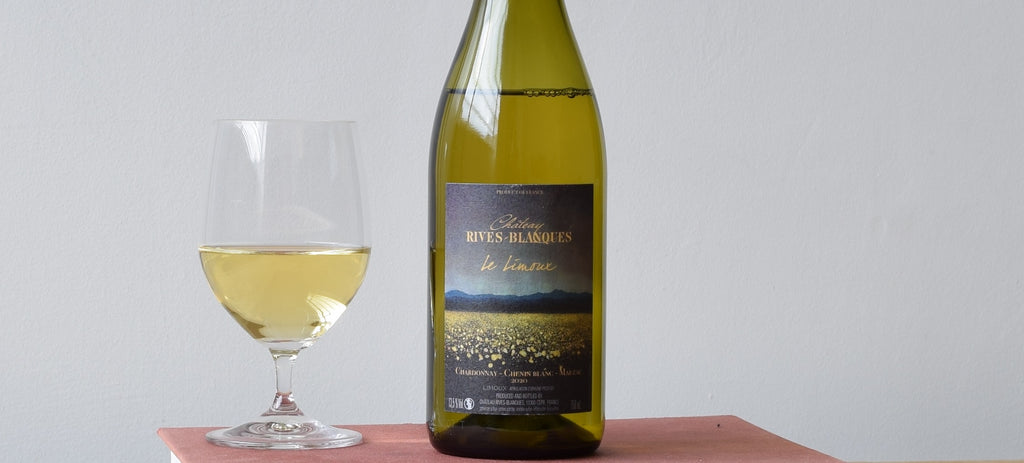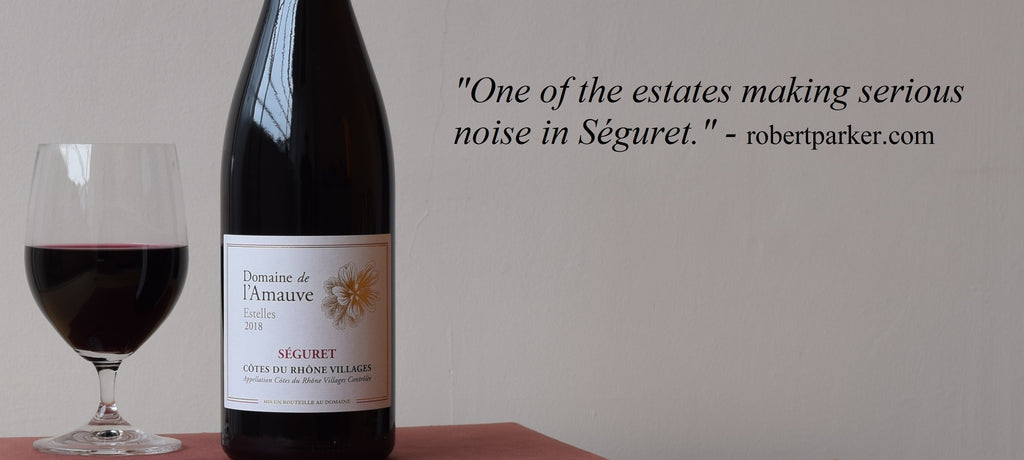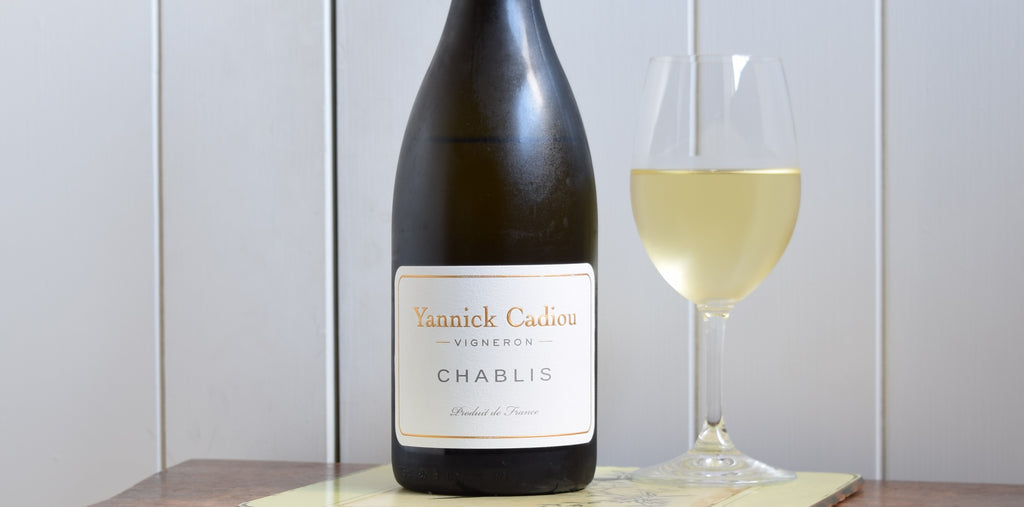Domaine Des Deux Fontaines, Fleurie, Beaujolais, France 2021
The Wine.
The 2021 Fleurie is made from 100% Gamay, it is unoaked, lightly filtered and aged for 7 months at low temperatures before release.
The resulting wine is an absolute beauty – finely balanced with wonderfully pure red fruit (strawberry, cherry), silky smooth tannins and a lovely, more-ish freshness. Drink 2023 – 2025 and Sylvain advises giving it about 15 minutes in the fridge before opening.
The Domaine.
Sylvain owns 10.5 hectares of old vines in the Fleurie appellation of northern Beaujolais. His vines are spread over several plots, each of which brings its own character to the wines. The north facing vines for example bring freshness and elegance, the south facing vineyards power and roundness.
He farms his land according to the sustainable practices laid out by Terra Vitis – an organisation founded in Beaujolais that espouses responsible viticulture.
The Appellation.
The best wines in Beaujolais come from the 10 ‘Crus’ in the rolling hills of the north of the region. Fleurie is one such Cru and, as the name suggests, it produces wines with a floral delicacy and finesse.
Offered: June 2023.
Alcohol: 13%.
Vintage report: A relatively low yielding vintage due to hail and frost damage, the wines are fresh, vital and delicately fruity.
Drinking window: 2023 - 2025.
Food matching: Drink with charcuterie, terrines and white-rinded cheeses such as Brie and Camembert.
Continue reading
